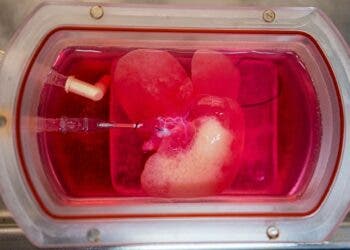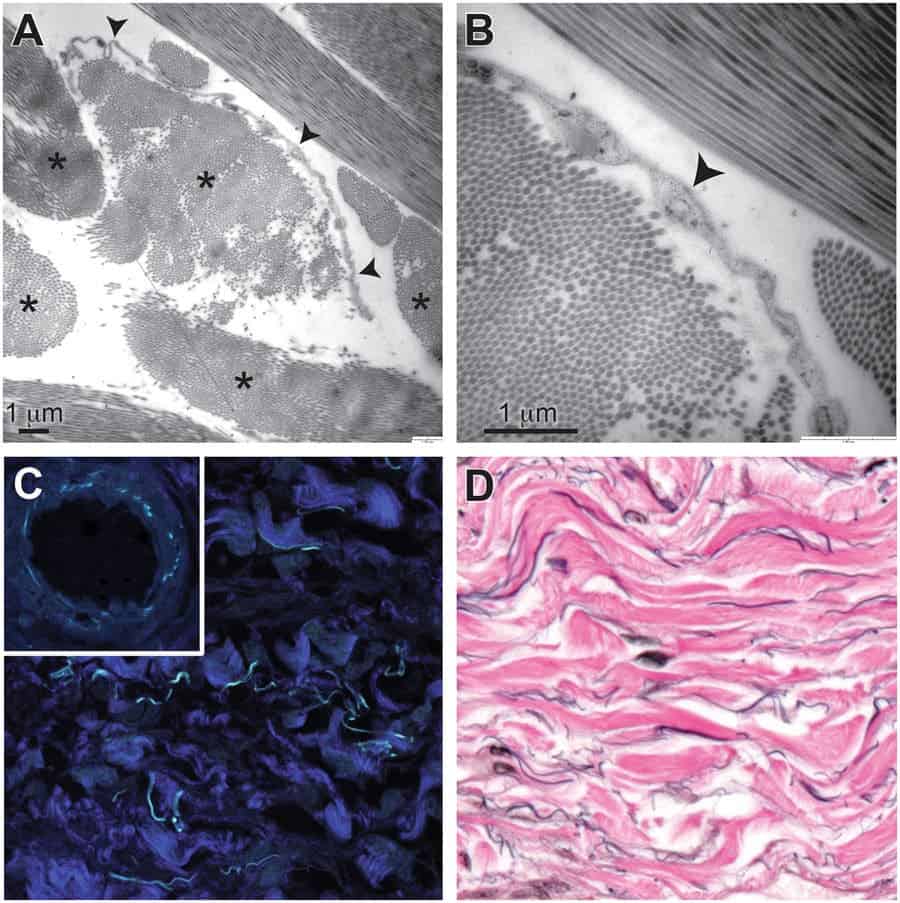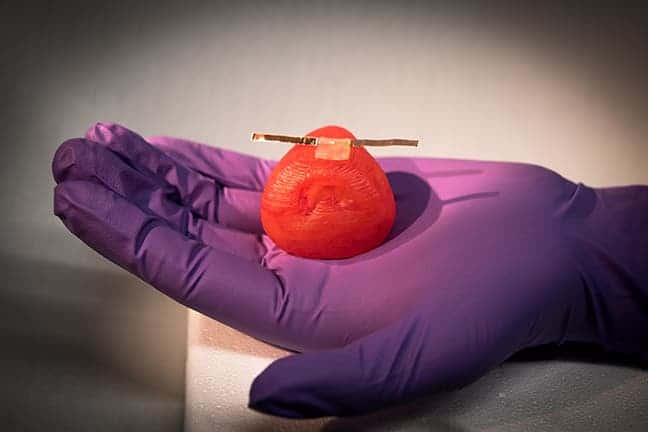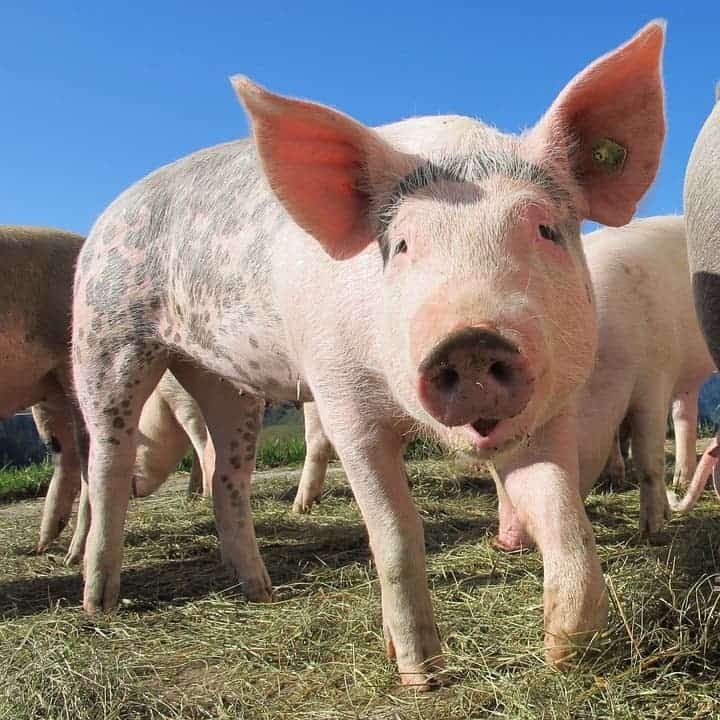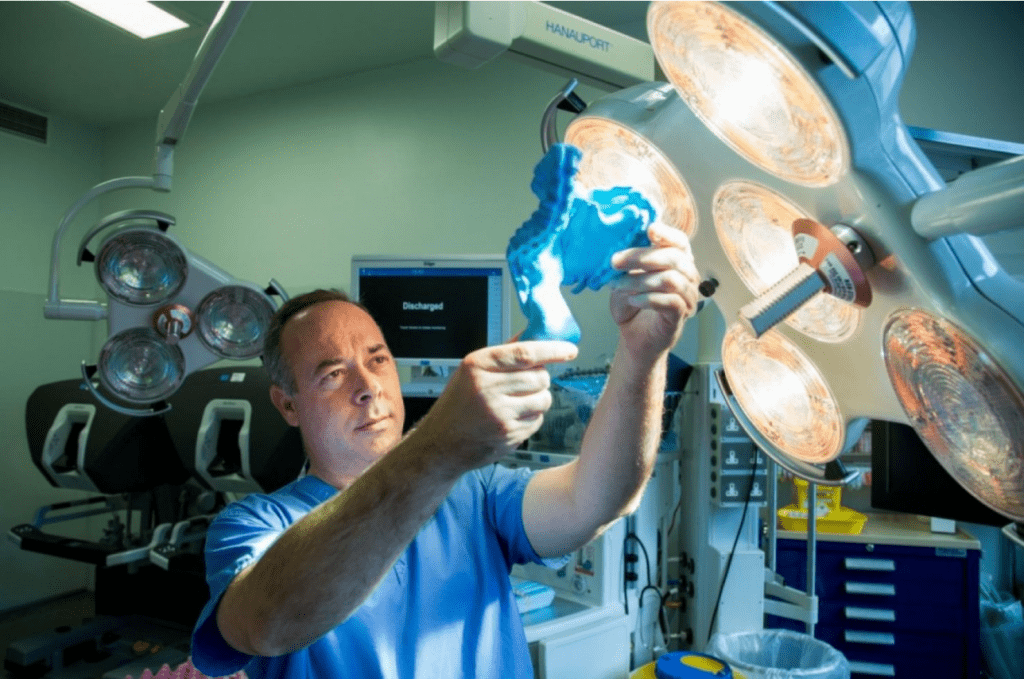
Irish doctors argue that the mesentery — a double fold of the peritoneum which lines the abdominal cavity — ought to be classified as an organ. Previously, the mesentery was thought to consist of fragmented and disparate structures which don’t fit the organ classification. Thus, the mesentery is now the 79th organ in the human body.
In its most simplified version, an organ is a self-contained structure which serves a specific function. Doctors have been aware of the mesentery since the 19th century, but until recently no one thought about upgrading its humble role in the body. Researchers from the University Hospital Limerick, however, have proven that the belt of tissue that holds our intestines in place is made up of a single band of tissue. It starts at the pancreas and goes down through the small intestine and colon.
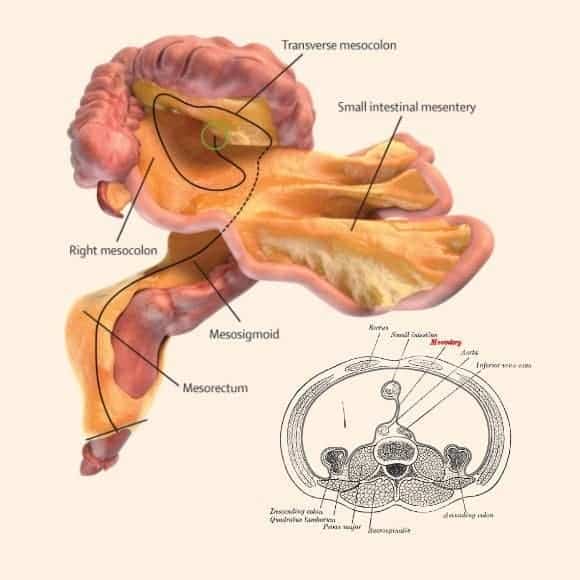
Since it’s self-contained and serves a specific vital function (holds our guts in place), the Irish researchers say the mesentery deserves to be considered an organ, though it may not be as fabulous as the heart or liver. It is vital, though. Without the mesentery, our intestines would slop about in the belly — a disaster waiting to happen. You couldn’t live without the mesentery, says J. Calvin Coffey, one of the lead authors of the two studies of the newly classified organ which first started in 2012 and surgeon at the University of Limerick. A recent paper published in The Lancet by the group from Limerick provides an overview of the latest evidence that supports the mesentery’s classification as an organ.
“The anatomic description that had been laid down over 100 years of anatomy was incorrect. This organ is far from fragmented and complex. It is simply one continuous structure,” Professor Coffey explained.
“When we approach it like every other organ…we can categorise abdominal disease in terms of this organ,” Coffey said in a statement for the press, who adds that mesenteric science is its own specific field of medical study in the same way as gastroenterology, neurology and coloproctology.
Intriguingly, there’s no abled international body that gets the final word on what and what not gets classed as an organ. An update to Gray’s Anatomy from 2015, now in its 41st edition, includes the new definition of the mesentery, which is kind of the next best thing to an arbiter. It’s also not clear yet if the mesentery should be classed part of the vascular system, the endocrine system or another system altogether.
Whatever the case, Coffey hopes the hype around the mesentery will make people more interested in learning more about it. Ultimately, he hopes this renewed interest might spark new research that will help us better understand diseases like Crohn’s and irritable bowel syndrome.
